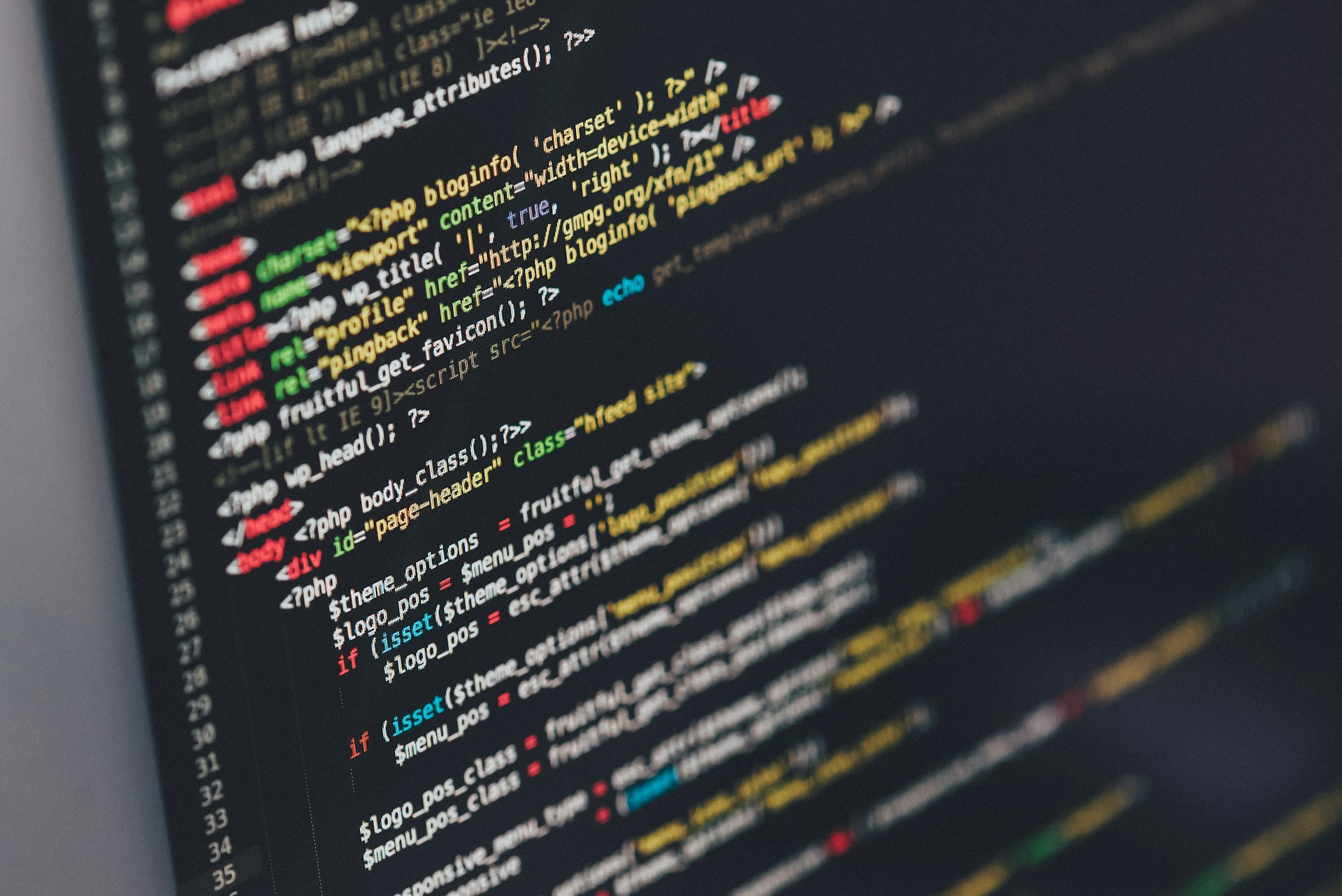Understanding Bitwise AND and Modulo Operations
To understand the relationship between (x&3) and (x mod 4), you must first understand the underlying operations. Bitwise AND (&):
A bitwise AND operation compares the corresponding bits of two binary numbers and returns a new binary number with the bits set to 1 only if the corresponding bits of both operands are 1. In other words, perform a logical AND operation on each pair of corresponding bits. Modulo (mod):
The modulus operation, also called the remainder operation, returns the remainder when one number is divided by another number. In the expression (x mod 4), the result is the remainder of x divided by 4.x&3
Equivalence of (x&3) and (x mod 4)
Now let’s find out why (x&3) and (x mod 4) are equal. The key to understanding this relationship lies in the binary representation of the numbers involved. The binary representation of the number 3 is 0011 (4 bits), and the binary representation of the number 4 is 0100 (also 4 bits). Performing a bitwise AND operation (x and 3) effectively masks the rightmost two bits of the binary representation of x. That is, the result depends only on the value of the rightmost two bits of x; all other bits are discarded. On the other hand, when performing a modulo operation (x mod 4), only the rightmost two bits of x are considered. x&3This is because modulo arithmetic by 4 (or any power of 2) is equivalent to considering only the rightmost two bits of the binary representation of the number. Here is a more detailed explanation:
Bitwise AND (x and 3):
The binary representation of 3 is 0011. In other words, a bitwise AND operation retains only the rightmost two bits of x and sets all other bits to 0.
For example, if x is 10101010, the result of (x & 3) is 00000010, which is the same as the rightmost two bits of x.
Modulo (x mod 4):
The operation modulo by 4 (or any power of 2) is equivalent to considering only the rightmost two bits of the binary representation of the number.
This is because the binary representation of 4 is 0100. In other words, the two rightmost bits of the number determine the remainder when divided by 4.
For example, if x is 10101010, the result of (x mod 4) is 10, which is the same as the two rightmost bits of x.
Therefore, the expressions (x&3) and (x mod 4) are equal because they both effectively consider only the two rightmost bits of the binary representation of x.
Real-world application
The equivalences (x & 3) and (x mod 4) have several practical applications in computer science and programming.
Bit operations:
The bitwise AND operation (x&3) is often used as a faster alternative to the modulus operation (x mod 4) when working with binary data or when performance is important.
This is because bitwise AND operations are generally faster than modulo operations because they can be implemented more efficiently in hardware and software.
Bit Masking and Extracting:
The bitwise AND operation (x & 3) can be used to mask or extract the rightmost two bits of a number. This is useful for various programming tasks such as bit manipulation, data packing, and error checking.
Modular Operations:
Modulo arithmetic (x mod 4) is often used in modular arithmetic to study the properties of numbers in modulo arithmetic.
Modular arithmetic has applications in cryptography, error-correcting codes, and various areas of computer science and mathematics.
Optimization and Performance:
Knowing the equivalence of (x & 3) and (x mod 4) allows programmers to optimize their code by choosing more efficient operations based on the specific requirements of the problem.
In some cases, using a bitwise AND operation (x and 3) instead of a modulus operation (x mod 4) can significantly improve performance, especially in time-sensitive applications.
Conclusion
The equivalence of bitwise AND operations (xand3) and modulus operations (x mod 4) is an attractive and useful concept in computer science and programming. By understanding the underlying binary representation and properties of these operations, developers can leverage this knowledge to create more efficient and optimized applications, especially in areas involving bit operations, modular operations, and performance-critical applications.











